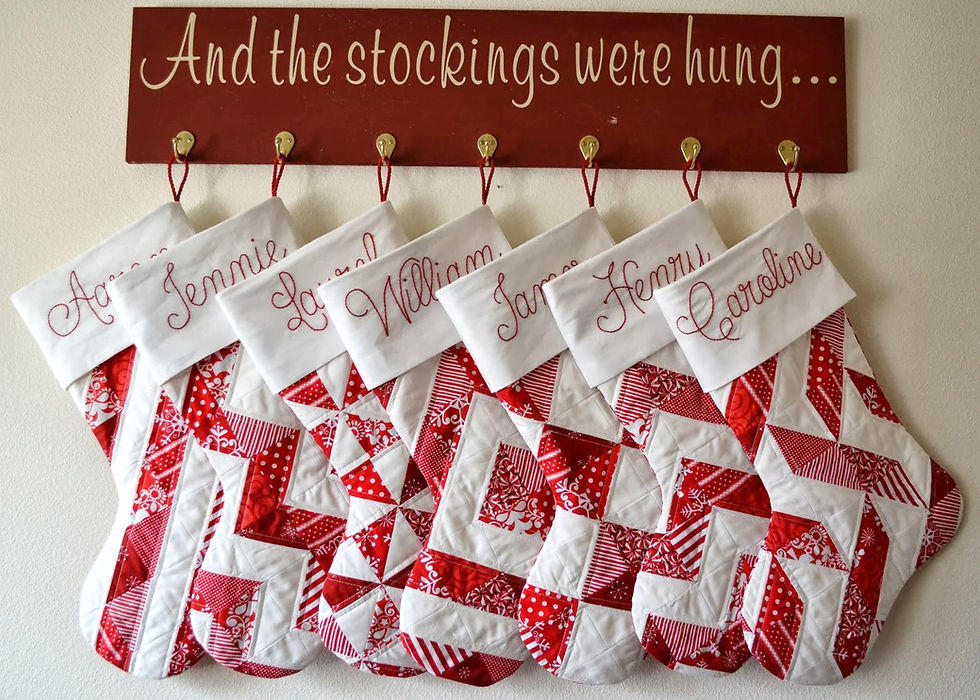The Art of Handmade Leather Bags: Tips and Tricks for Crafting your Own
- Susan

- Dec 20, 2023
- 2 min read
Updated: Apr 3, 2024

Leather is a popular material for bag-making due to its durability, versatility, and aesthetic appeal. Here are some key aspects to consider when using leather to make bags:
Types of Leather for Bag-Making:
Full-Grain Leather: The highest quality, includes the entire grain layer without surface alterations. It's durable and resists moisture while aging gracefully.
Top-Grain Leather: Slightly sanded to remove imperfections. It's thinner and more pliable than full-grain, often used in high-end bags.
Genuine Leather: Made from the remaining layers of hide after the top is split off. Less durable and cheaper.
Bonded Leather: Composed of leather scraps bonded together with adhesives. It's the lowest quality and least durable.
Suede: Made from the underside of the hide, known for its soft texture. It's less durable and more susceptible to damage from moisture and stains.
Characteristics to Consider:
Durability: Full-grain leather is the most durable, ideal for everyday use.
Flexibility: Top-grain leather offers more flexibility, suitable for stylish and luxury bags.
Texture and Appearance: Full-grain retains natural markings, while top-grain has a more uniform appearance.
Maintenance: Leather requires care to maintain its appearance, including regular cleaning and conditioning.
Weight: Leather bags can be heavier than those made from synthetic materials.
Environmental and Ethical Considerations:
Sustainability: Leather production has environmental impacts, including the use of chemicals in tanning and concerns over animal welfare.
Alternatives: Vegan leathers made from materials like polyurethane or plant-based sources are becoming popular for ethical reasons.
Price Range:
High-Quality Leather Bags: Tend to be more expensive, reflecting the quality and craftsmanship.
Budget-Friendly Options: Genuine and bonded leather offer more affordable options, though with compromises in quality and durability.
Applications in Bag-Making:
Handbags and Purses: Often use top-grain or full-grain leather for durability and style.
Travel Bags: Full-grain leather is preferred for its strength and longevity.
Fashion Accessories: Suede and top-grain leathers are used for their aesthetic qualities.
Sewing Considerations:
Choosing the Right Leather: Select a leather type suitable for your bag project, consider its' thickness and flexibility.
Specialized Tools: Use a leather needle, which is sharper and stronger than standard sewing needles, and a walking foot on your sewing machine to handle leather's thickness.
Thread Selection: Opt for strong threads like nylon or polyester.
Stitch Length: Use longer stitches to prevent tearing.
No Pinning: Pins leave permanent holes in leather. Use clips or double-sided tape instead.
Testing: Always test your stitch settings on a scrap piece of leather first.
Seam Treatments: Trim and flatten seams to reduce bulk.
Hand Sewing: If hand sewing, use a saddle stitch for durability.
The choice of leather for bag-making depends on the desired quality, appearance, and use of the bag. While full-grain leather offers the best in durability and aging, other types like top-grain and genuine leather provide alternatives for different styles and price points.
Watch Sew Leather With Regular Sewing Machine:
Subscribe to Skill Tree at YouTube




























